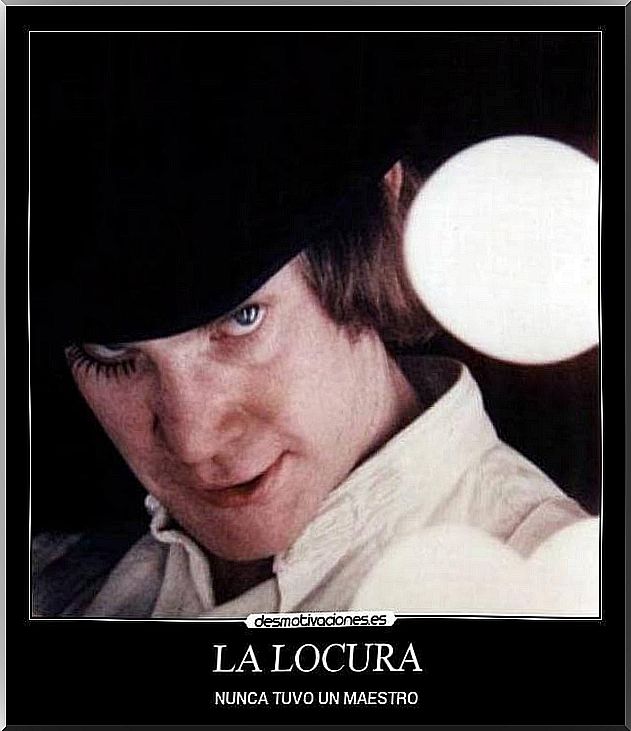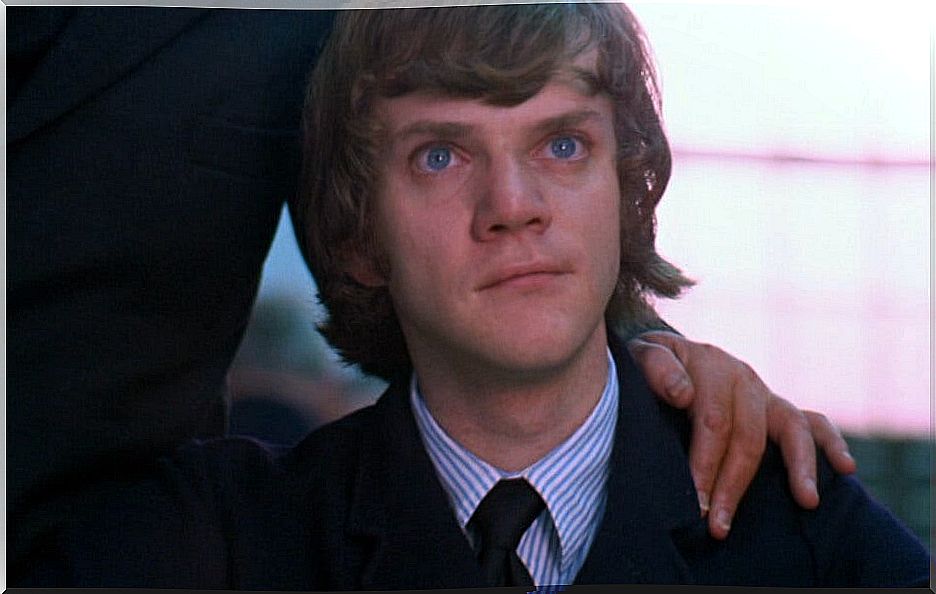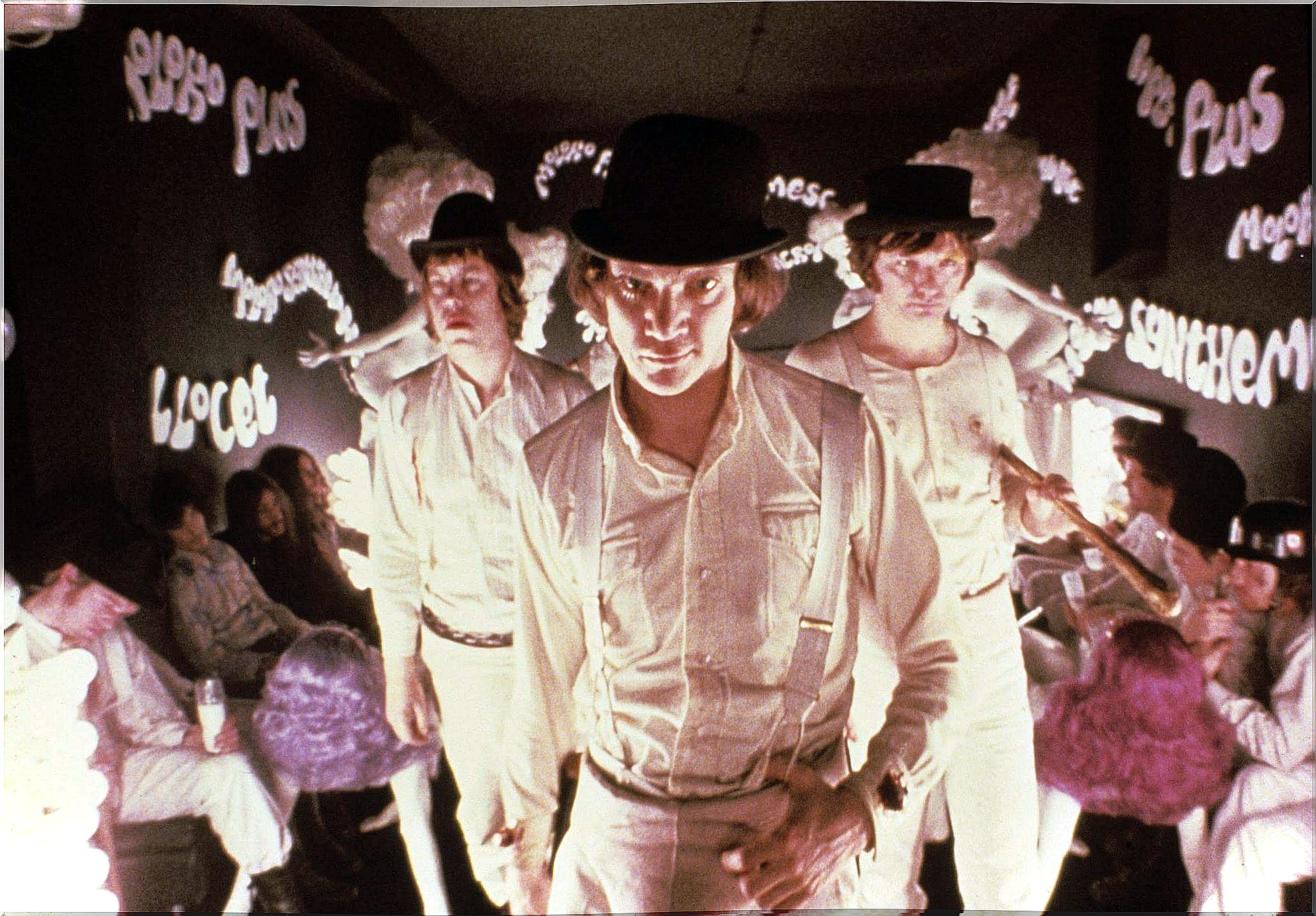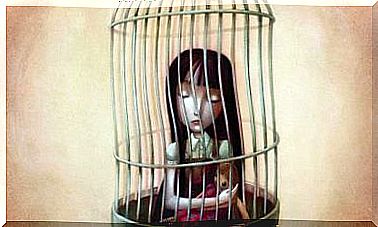Why Do We Love A Clockwork Orange?

A Clockwork Orange was released in 1971, and its director is the legendary Stanley Kubrick.
Much has been said and written about this film, which since its premiere was a real scandal. Little by little it became a cult movie.

Hated by some and revered by others, what is clear is that today it can be considered as one of the filming events of the 20th century.
The film begins with the meeting of four friends at the Korova dairy bar :
With this somewhat disturbing beginning, Kubrick leaves us into a story of ultraviolence framed in a futuristic aesthetic and with shots and dialogues that are adorned by the surreal.
But if it’s this annoying, why does it catch us?
1. Alex the bad guy, Alex the victim.
What a scoundrel like Alex produces in the general public is disgust and revulsion.
But the film takes us into his chaotic life and his more than refined and curious tastes; His piercing blue eyes stare at us and we can’t help but know what is wrong with this boy.
He doesn’t look like a savage, he listens to classical music and his manners are perfect as a neighbor.
We feel uncomfortable wanting to know more about him but there is no going back. His personality has intrigued us, and we want to know how it will happen to him.
2. Perfect conical perspective. Surreal perspective
Kubrick used his central cone perspective in many of his films.
The result was a perfection in its image, fresh from the best technical drawing or the best game of distances and lights. It offers a shot that seems to be studied to the millimeter.
But far from liking it as an aesthetic experiment, this baffles the viewer.

Of such perfection, the image ends up looking strange, alien to us. It is as if we were attending a high-caliber visual experiment, but unlike others, this one increasingly disturbs us.
Shouldn’t perfect images give us peace of mind, and not a distant and violent feeling?
3. Aesthetics in violence
The aesthetic used by Kubrick is full of colors, music and movements that seem to evoke an art performance of a few crazy boys; instead of committing atrocities.

This aesthetic so little adapted to the moment of violence represented, strikes the viewer’s conscience until saying enough because…. He does not like what he sees, but he cannot stop looking.
4. The hope of healing: The Ludovico experiment
We have continually seen how Alex is a full-blown sociopath.
But we are not resigned to seeing it as such. Therefore, when a group of experts surrender to the cause of being able to get rid of those murderous instincts, we harbor hope.
Through classical conditioning, Alex begins to see scenes of violence that are paired with shocks without being able to avoid watching them. They also do it with the music of their beloved Beethoven.
“They can’t do that to the great Ludwig Van! He just made music! “
5. Recovery
After these experiments Alex is quite traumatized, any desire for violence is neutralized by a feeling of extreme discomfort.
For that, we encourage you to watch the film and draw your own conclusions.









